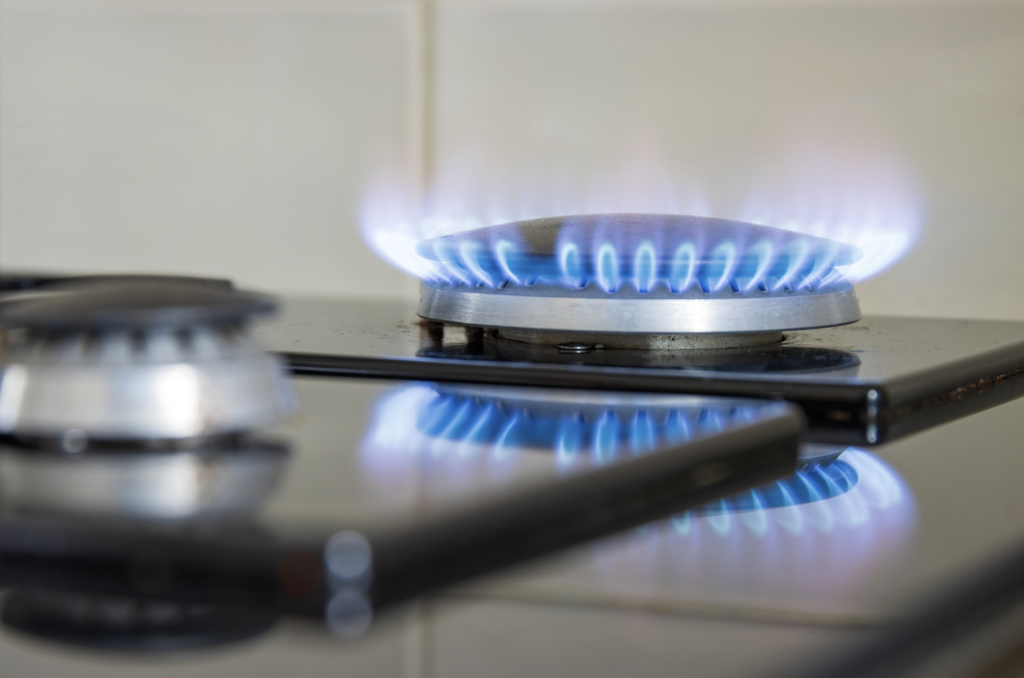Six Ways...to detect a natural gas leak

Share this important safety information with all members of your household
1. Smell. Natural gas has no natural odor, so a chemical called Mercaptan is added which gives off an odor similar to that of a rotten egg or burnt match. This is the most common way natural gas leaks are detected.
2. Noise. Escaping natural gas from pipes and appliances can produce a hissing sound.
3. Air bubbles. If you see bubbles in standing water such as a puddle, or even mud, this may be a sign of natural gas leaking through the soil.
4. Dead or dying plants. If you notice plants or shrubs dying for no logical reason, this could be an indication of a natural gas leak.
5. Higher than normal gas usage. An unexplained increase in the amount of natural gas use, not due to seasonal weather or changes in the household, could indicate a leak.
6. Physical symptoms. Symptoms of exposure to leaking natural gas can include headaches, dizziness, fatigue, nausea, or irregular breathing.
What should you do if you suspect a natural gas leak?
First and foremost, everyone should leave the premises immediately. Do not turn on or shut off any lights, appliances, electronics, or other devices that could cause a spark. Once you are a safe distance away, call 911.

